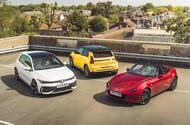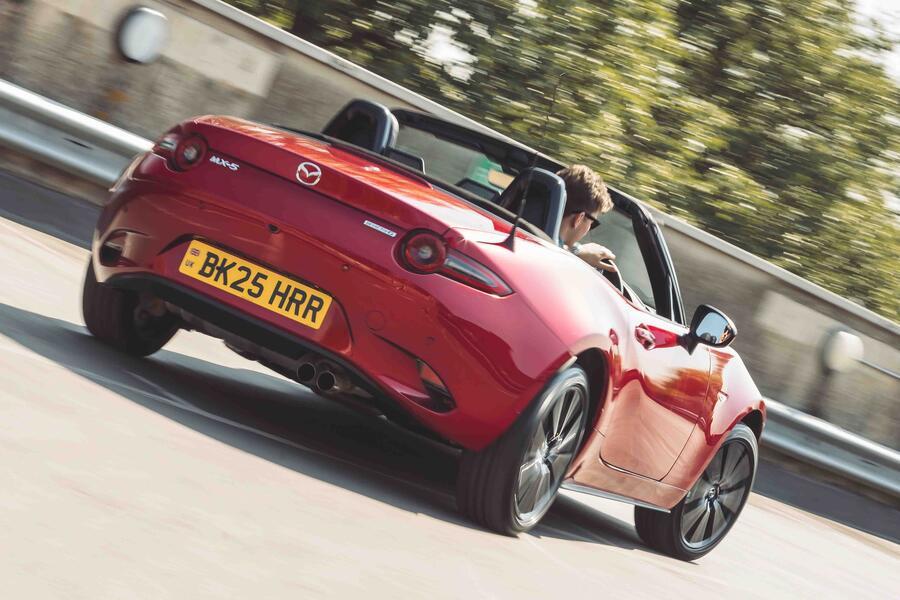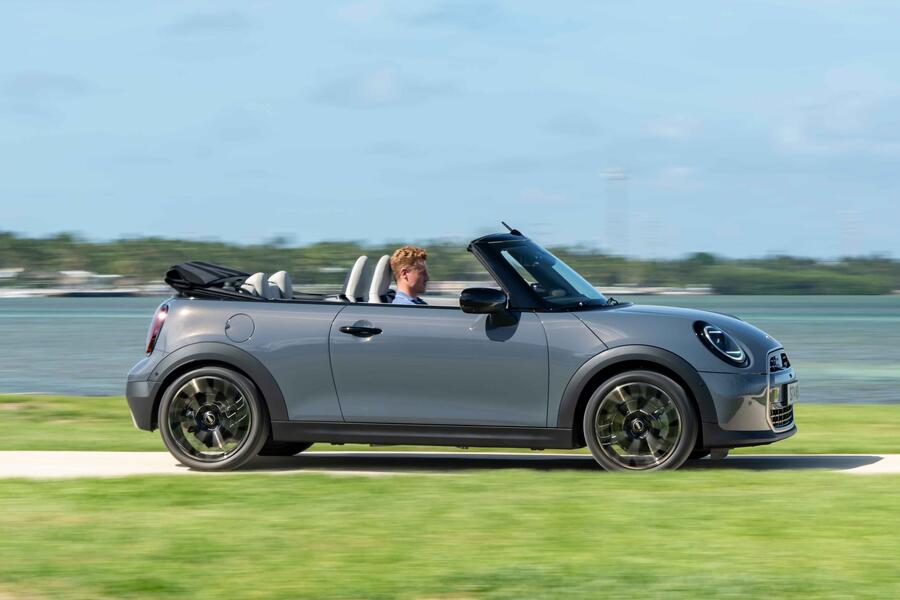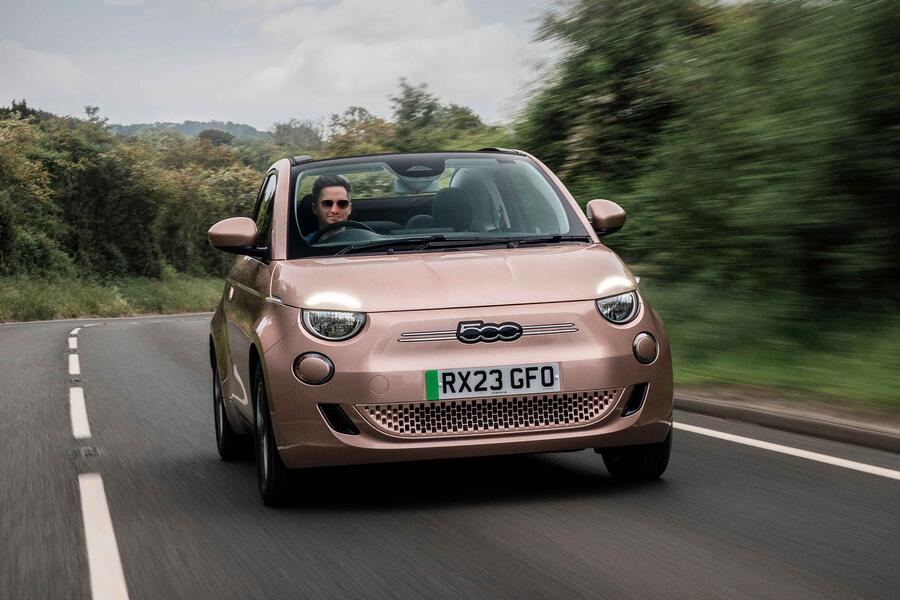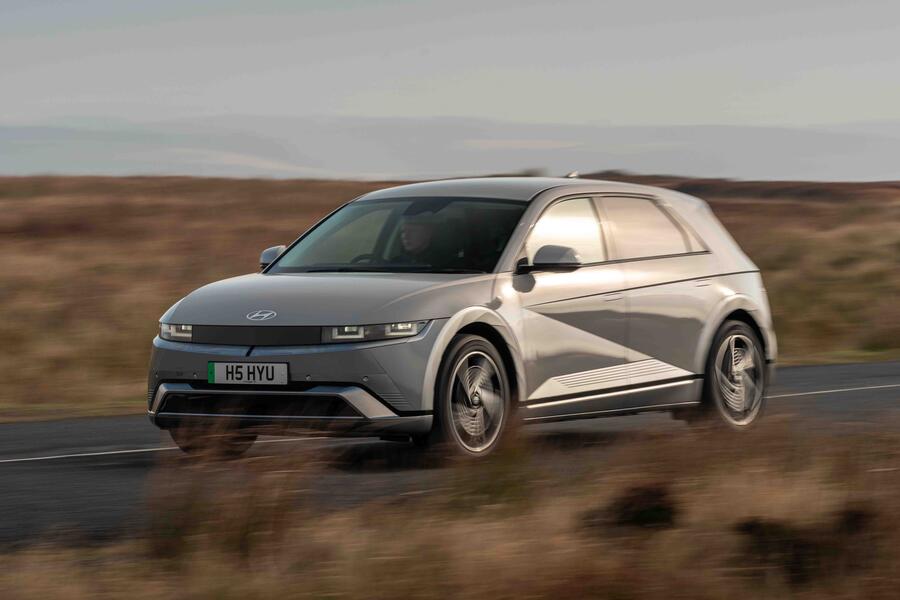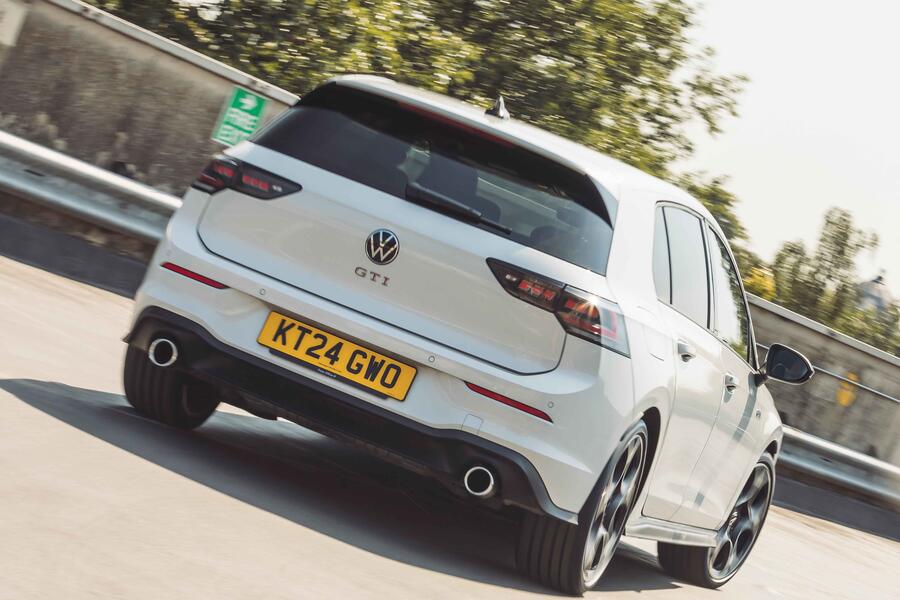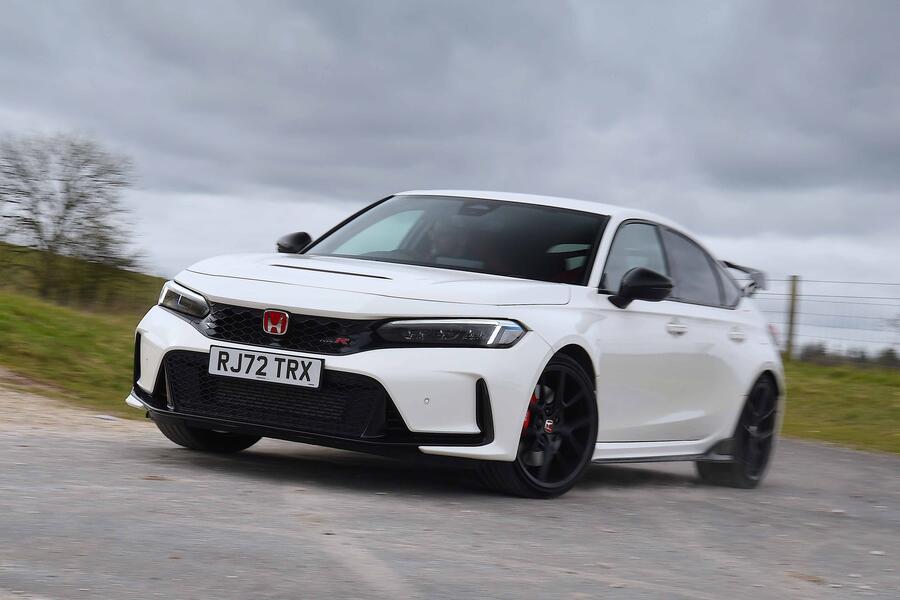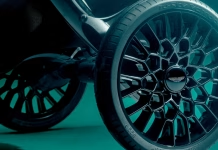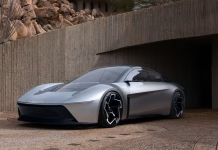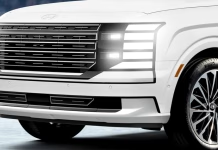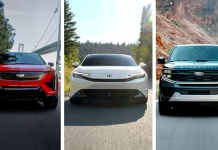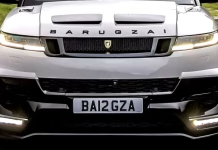PCP Deals Uncovered How to Drive Your Dream Car for £100 a Week
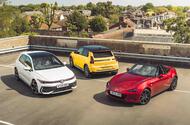
You might be surprised about what £400 per month can net youA PCP can be the best way to get a new car on the drive, but what's available for a budget of just £100 per week?
More than 30 years since Ford launched the UK's first personal contract purchase scheme, PCPs are today the leading form of new car motor finance among private buyers.
Affordable (you fund only a portion of the car's list price), flexible (at the end of the repayment term, you can part-exchange the car for a new one, pay the balance to buy the car or return it) and widely available (pretty much every dealer offers them), a PCP kicks all other forms of personal new-car finance into touch.
Factor in sweeteners such as low-rate finance and manufacturer deposit contributions (dc) and it's a no contest.
Of course, a PCP comes with strings, such as condition and mileage penalties, but unless you're handing the car back to the dealer at the end of the term and walking away, they're rarely imposed.
Instead, most people either part-exchange their car or sell it to a trader who pays off the finance as well as returning them some extra cash - what the trade calls equity.
Of course, wise heads would say the smarter thing still is to buy nearly new and avoid expensive new car depreciation. Perhaps, except that, thanks to the manufacturer finance offers some are bundled with, a new car on a PCP may actually be better value - and almost certainly so if you can chisel a discount or a free servicing package.
In any case, the latest model-year always brings useful improvements or upgrades that make a car more satisfying to run.
The clever thing about a PCP is how good it is at reducing any conversation about car buying to one thing: the monthly repayment. We've focused on what £400 per month (or £100 per week, if you like) - the value of the average repayment - gets you. All the deals are based on driving 10,000 miles per year.
Compared with a similar exercise that we carried out almost 10 years ago, what's striking is how much more deposit is required to arrive at the same monthly repayment of £400. Blame the increase in car prices for that, plus expensive variants including hybrids and electric cars.
Is handing over a big deposit to reduce the monthly bill a sensible idea Putting a large amount of hard cash into a car that will only depreciate isn't really a smart move, especially when it's one you will never own without paying even more.
Worse still, you may have nothing left for your next deposit, which, when it comes to PCPs, is the name of the game.
Convertibles
Mazda MX-5
Reasonably affordable deposits, one of them boosted by a deposit contribution, plus low-rate finance are a feature of this trio of soft-tops. The downside is that all the deals are four-year terms, which means you're in them for the long haul. Pray for good weather...
In recent years, the Mazda MX-5's price has gone through its own fabric roof. We've plumped for the zippier 2.0-litre version in mid-spec Exclusive-Line trim, which has perforated leather seats and dynamic stability control with a track mode that dials the DSC back.
Even with a deposit of £4500, it's still £402 per month over four years, but at least the APR is low.
Mazda MX-5 Exclusive: Deposit £4500. APR 2.9%. Monthly payment 46 x £402
Mini Cooper S
Hear that? It's the Mini sales exec crowing about the lower £2500 deposit on the Cooper S Convertible in entry-level Classic trim. If you want to spend less, the detuned 2.0-litre that powers the Cooper C produces 161bhp, which isn't far off the output of the previous S model.
Whichever version you choose, both are well equipped. The hood is electrically powered, too, and can be partially raised at the back to increase boot space if you need it.
Mini Cooper S Classic Convertible: Deposit £2500. APR 4.9%. Monthly payment 47 x £399
Fiat 500e
The Fiat 500e is under pressure from its new rivals in the small EV sector, so it's not surprising that it's alone here in being offered with a deposit contribution, albeit worth a modest £250, plus 0% finance.
Compared with the 24kWh battery you get in lesser hard-top versions, the 500e Cabrio has a 42kWh battery that can be rapid-charged to 80% in 30 minutes. It has an official range of 199 miles, although during its road test, Autocar squeezed just 142 miles out of it. Thanks to its 117bhp electric motor, the Fiat can hit 62mph from rest in 8.0sec.
Fiat 500 Cabrio: Deposit £2000 + £250dc. APR 0%. Monthly payment 47 x £400
Crossovers & SUVs
Hyundai Ioniq 5
The Hyundai Ioniq 5 is a strong contender in the family EV class. We like its different looks, SUV practicality, configurable powertrain and rapid-charging ability.
To hit our notional £400 monthly budget, the Ioniq 5 Advance 63kWh requires a meaty £7700 customer deposit, equivalent to 19% of the car's total cash price, but Hyundai chips in an additional £2000 and asks zilch for the loan.
The finance term is 36 months. Or you could consider its sister car, the Kia EV6 63kWh Air. The same £7700 deposit but this time a contribution from Kia of only £1000 plus a 3.9% APR brings the monthly payment to £409.
Hyundai Ioniq 5 63kWh Advance: Deposit £7700 + £2000dc. APR 0%. Monthly payment 36 x £397
Lexus NX
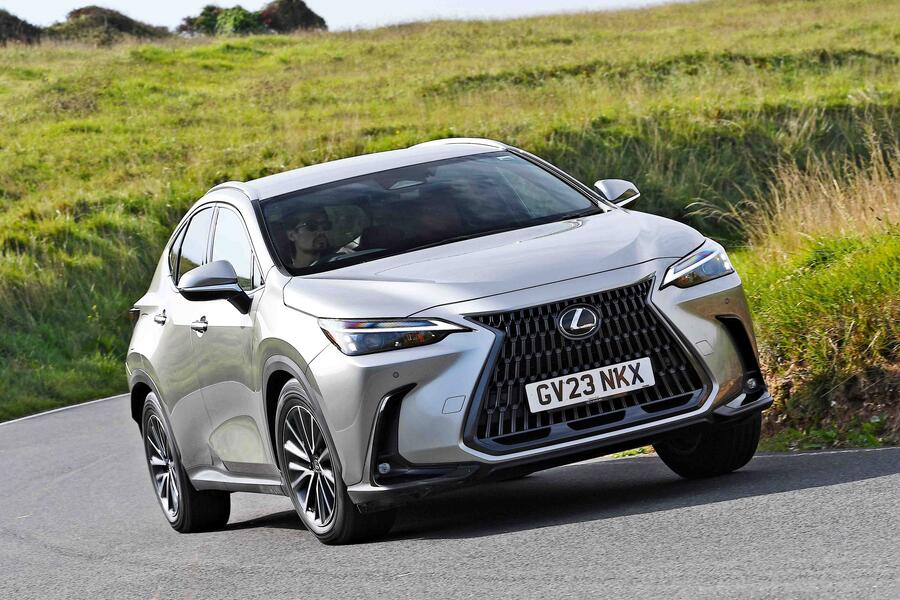
To have a Lexus NX 350h Urban on your driveway for £400 per month requires a larger deposit a not inconsiderable £12,560, equivalent, to 28% of the car's total cash price. By the end of the finance term, the balance to pay is equivalent to 45% of the car's new price.
That balance to pay figure should always be a realistic reflection of the car's future worth; inflating it unrealistically brings down the monthly payments but at the expense of future equity.
Lexus NX 350H Urban: Deposit £12,560. APR 4.9%. Monthly payment 40 x £400
Ford Puma
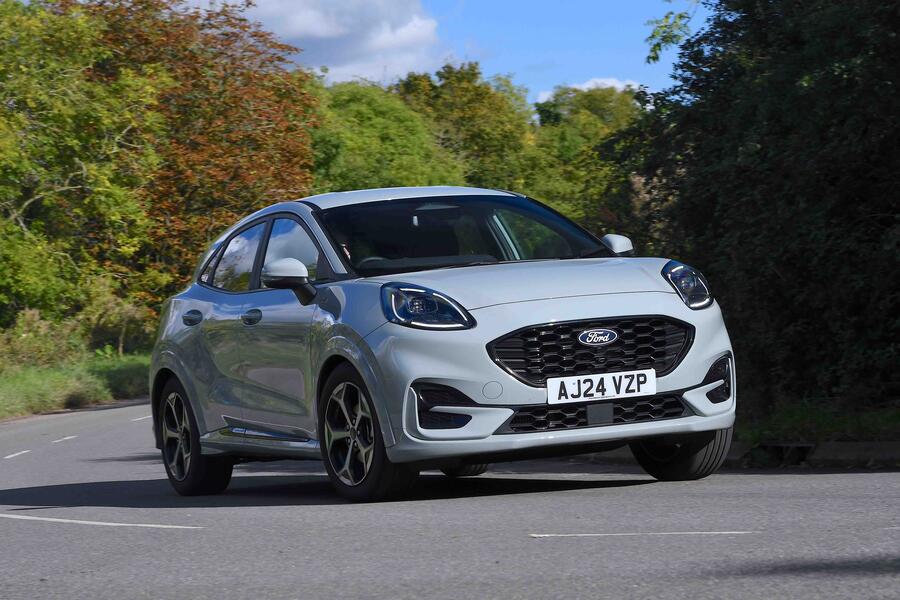
As the pioneer of the PCP in the UK, it's fitting there should be a Ford in this selection. Being a relatively cheap car, the mild-hybrid Ford Puma ST-Line requires a modest £4000 deposit to hit our £400 per month target.
Ford thinks the car will have lost 60% of its value over the three-year term; in the used market, this rate of depreciation is one of the reasons why we named the model Britain's best-value used car.
Ford Puma 1.0 ST-Line: Deposit £4000. APR 1.9%. Monthly payment 36 x £401
Superminis
Renault 5
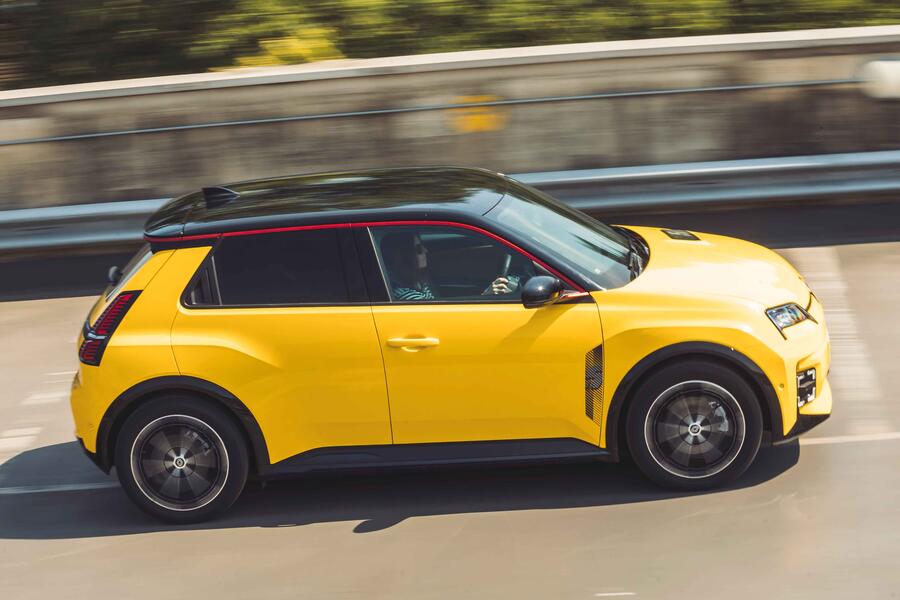
The Renault 5 is still basking in plaudits, so a deposit contribution of just £500 comes as little surprise. Add the customer deposit of £2676 and this stylish EV comes in at £401 per month over four years. It's a great-looking small car that's also roomy.
Our choice has the 148bhp motor that can propel it from 0-62mph in 7.9sec, and it has the larger 52kWh Comfort Range battery with an official range of 252 miles.
Renault 5 E-Tech Iconic: Deposit £2676 + £500dc. APR 5.9%. Monthly payment 47 x £401
Peugeot 208
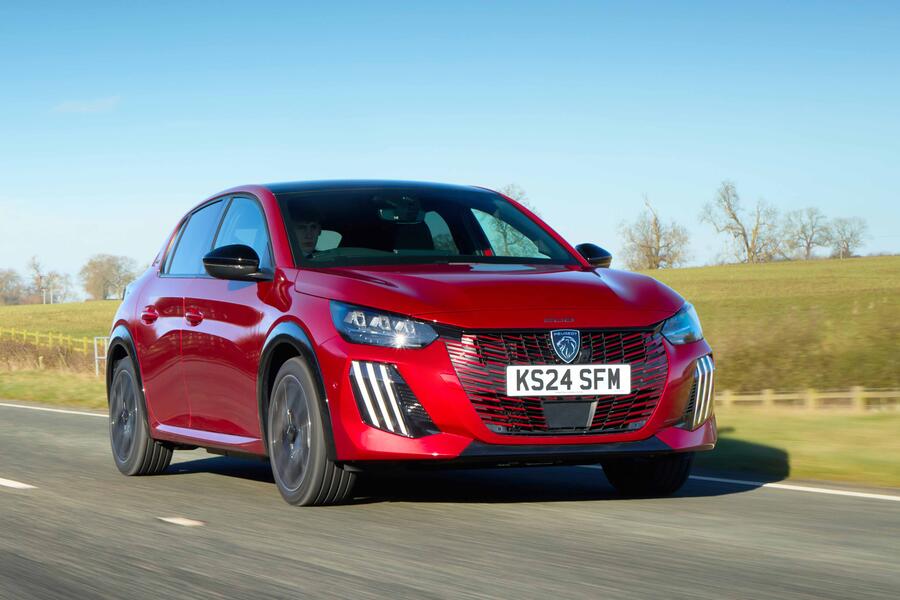
If you're cash-poor but can afford £400 in monthly payments, the Peugeot 208 GT Hybrid 145 is worth a look. Peugeot is shovelling £4400 into the deal as a deposit contribution, meaning you have only to find £750 to get behind the wheel of one for the next four years. And with a future value of £11,000, it could make an attractive buy for a family member when the finance term is up.
The current 208 features 3D digital instruments and a widescreen sat-nav; our choice is quick and capable of electric-only running for short distances.
Peugeot 208 Hybrid 145 GT: Deposit £750 + £4400dc. APR 6.9% APR. Monthly payment 47 x £400
Audi A1
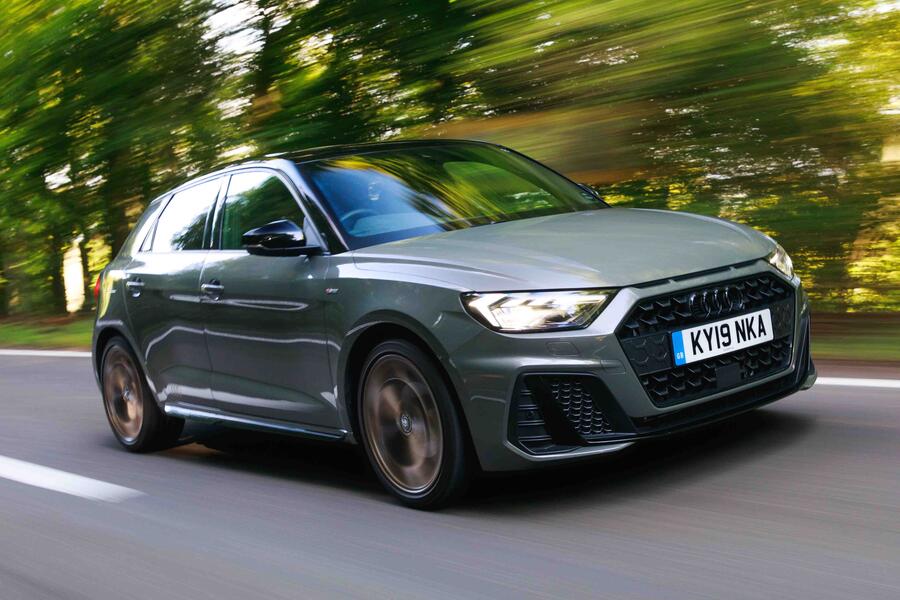
Prefer something more premium? Boosted by a £900 contribution from Audi, for the same £750 deposit and four-year term you could have an A1 Sportback 30 TFSI S Tronic. The Audi A1 is the premium supermini choice, with only the Volkswagen Polo to worry it.
Incidentally, with a deposit of £1000 plus a contribution from VW of £1900, a Polo 1.0 TSI 115PS R-Line DSG also comes in at £400 a month over 48 months. It's better value, but the Audi feels that bit more special thanks to its more impressive build quality and a quiet, well-controlled ride.
Audi A1 30 TFSI Sport S Tronic: Deposit £750 + £900dc. APR 8.95%. Monthly payment 47 x £397
Coupés
Mercedes CLA
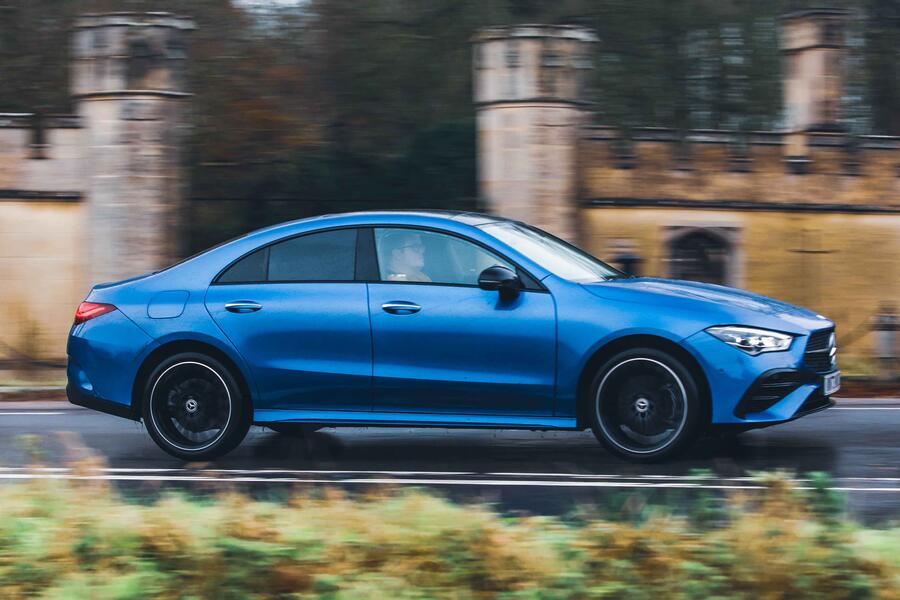
Without even asking, we were given a £3500 discount on a Mercedes-Benz CLA 250e AMG Line Executive by our local agent. With a £7750 deposit, it helped bring the monthly payments to £402 over four years. It's powered by a 1.3-litre turbo petrol engine but paired with an electric motor, so there's a combined 215bhp on tap.
There's plenty of space in the front cabin, but the rear is suitable only for nippers.
Mercedes-Benz CLA 250:. Deposit £7750. APR 2.9%. Monthly payment 47 x £402
BMW 4 Series

BMW may be offering a discount of £893 (what it calls a 'sales offer'), but to get to £400 per month over four years, customers have to stump up a £14,193 deposit. The 420i Coupé is a nicely rounded machine: sporty, roomy and surprisingly practical. If you have any money left, add the optional adaptive suspension.
BMW 4 Series 420i M Sport Coupe: Deposit: £14,193. APR 5.9%. Monthly payment 47 x £400
Skoda Enyaq
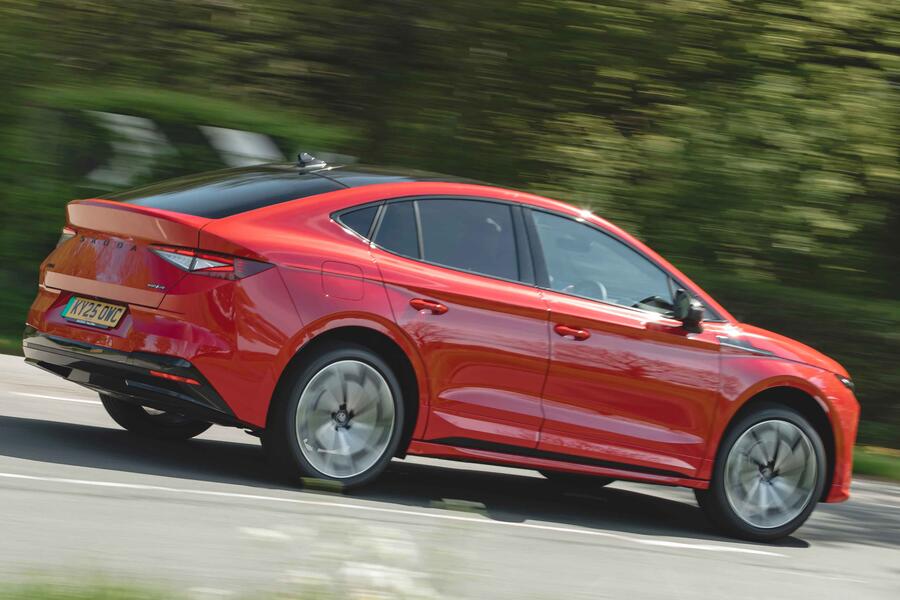
The BMW X6 of 2008 was the first coupé-SUV. It raised eyebrows at the time, but forward to today and the concept thrives in the form of electric coupé-crossovers whose numbers run well into double figures. Among them is the Skoda Enyaq Coupé.
Our choice, the 85 Edition, is more expensive than the regular Enyaq but better equipped and, despite its sloping roof, just as roomy. Thanks to Skoda's 0% finance offer and your meaty £11,000 deposit, you can have one for £399 a month over three years. An alternative deal has Skoda charging 6.9% APR but contributing an additional £2750. We were tempted until we realised that to hit our £400 target would require a larger deposit of £11,500 and a payment term of four years.
If you were considering buying it at the end of the term, the good news is that the optional final payment would be £2237 less (£19,012 versus £21,249).
Skoda Enyaq 85 Coupe: Deposit £11,000. APR 0%. Monthly payment 35 x £399
Hot hatches
Volkswagen Golf GTI
In PCP terms, this category is notable for the generous deposit contributions that are available. For example, VW is contributing £3000 to its deal on the Volkswagen Golf GTI.
Add your own £8307 deposit and the archetypal hot hatchback can be yours for £400 per month over four years. The APR is 7.9%. It all adds up to a pile of debt, but, given the model's popularity on the used car market, you should end the term with some decent equity.
This current Mk8.5 GTI isn't quite as rounded as the best generations that came before it, among them its immediate predecessor, but it's still terrific fun and the most complete hot hatch you can buy.
Volkswagen Golf GTI: Deposit £8307 + £3000dc. APR 7.9%. Monthly payment 47 x £400
Honda Civic Type R
Honda is offering a £2500 deposit contribution on the Honda Civic Type R, and the gesture helps take the sting out of the extra £15,000 deposit you will have to find to just scrape under our £400 per month target figure.
Blame the model's £51,905 on-the-road price, but then focus on what the Type R gives back: namely, the most involving hot hatch experience this side of a Toyota GR Yaris, which is smaller and less practical. As a side note, the dealer who quoted us also included a five-year service plan worth £800.
Honda Civic Type R: Deposit £15,000 + £2500dc. APR 6.9%. Monthly payment 37 x £390
Cupra Born VZ
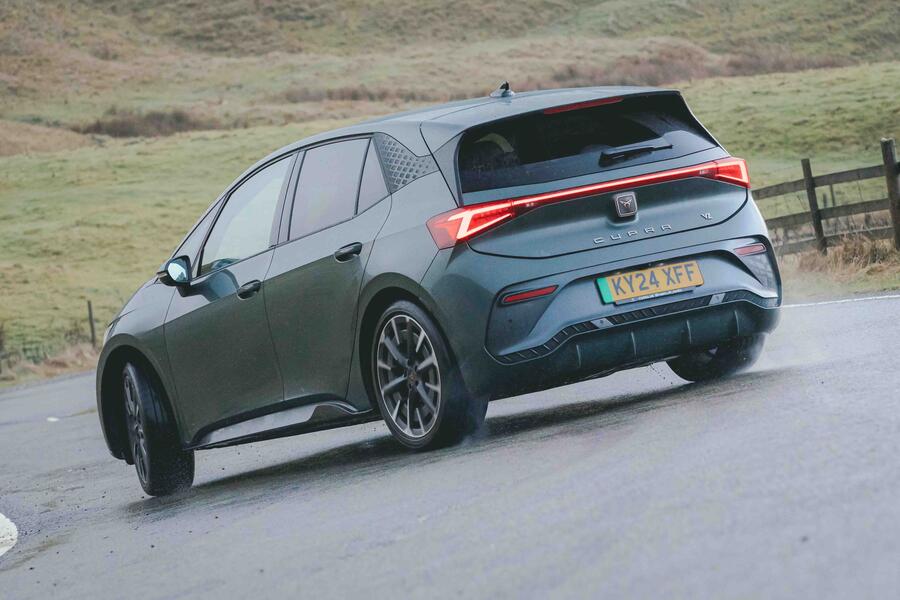
If the Civic Type R looks expensive, then what of the £44,820 Cupra Born VZ, an EV with significantly fewer of the traditional hot hatch ingredients? In fact, the 'veloz' version of the Born is as hot a hatch as any - and that's official, with the model ranking just one place behind the Mercedes-AMG A45 in an Autocar round-up of the best of the breed.
Equally satisfying is that Cupra will chip in a PCP deposit contribution worth no less than £7000. Not only that, but the APR is also a reasonable 4.9%. It's how, with a customer deposit of £8000, it's possible to have one for £401 per month over the next four years.
Cupra Born VZ: Deposit £8000 + £7000dc. APR 4.9%. Monthly payment 35 x £401
Prices correct as of 13th August 2025
Aston Martin stroller brings supercar style and luxury to your baby’s ride
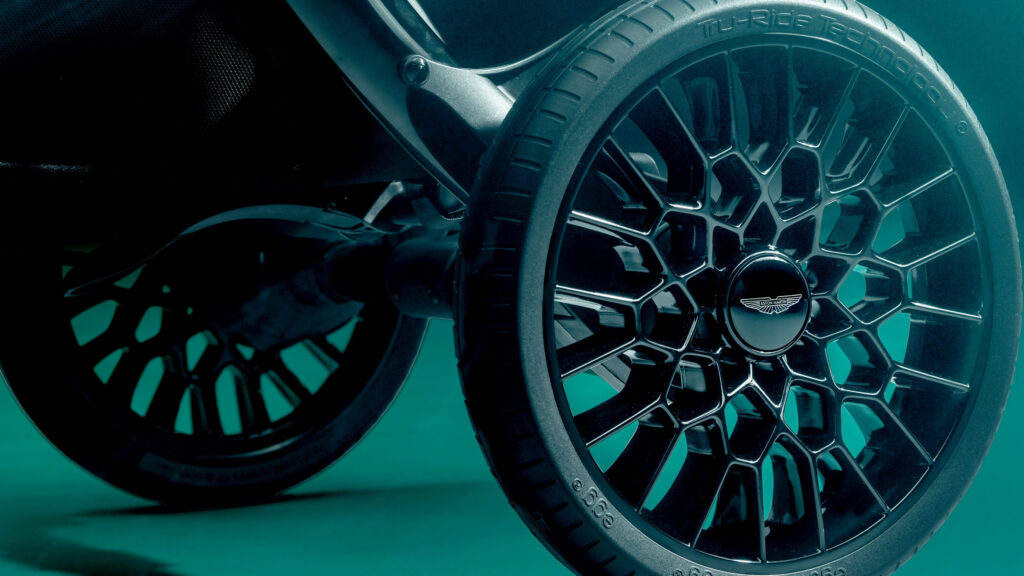
Chrysler CEO Teases Return of Traditional Cars Over Minivans and Crossovers
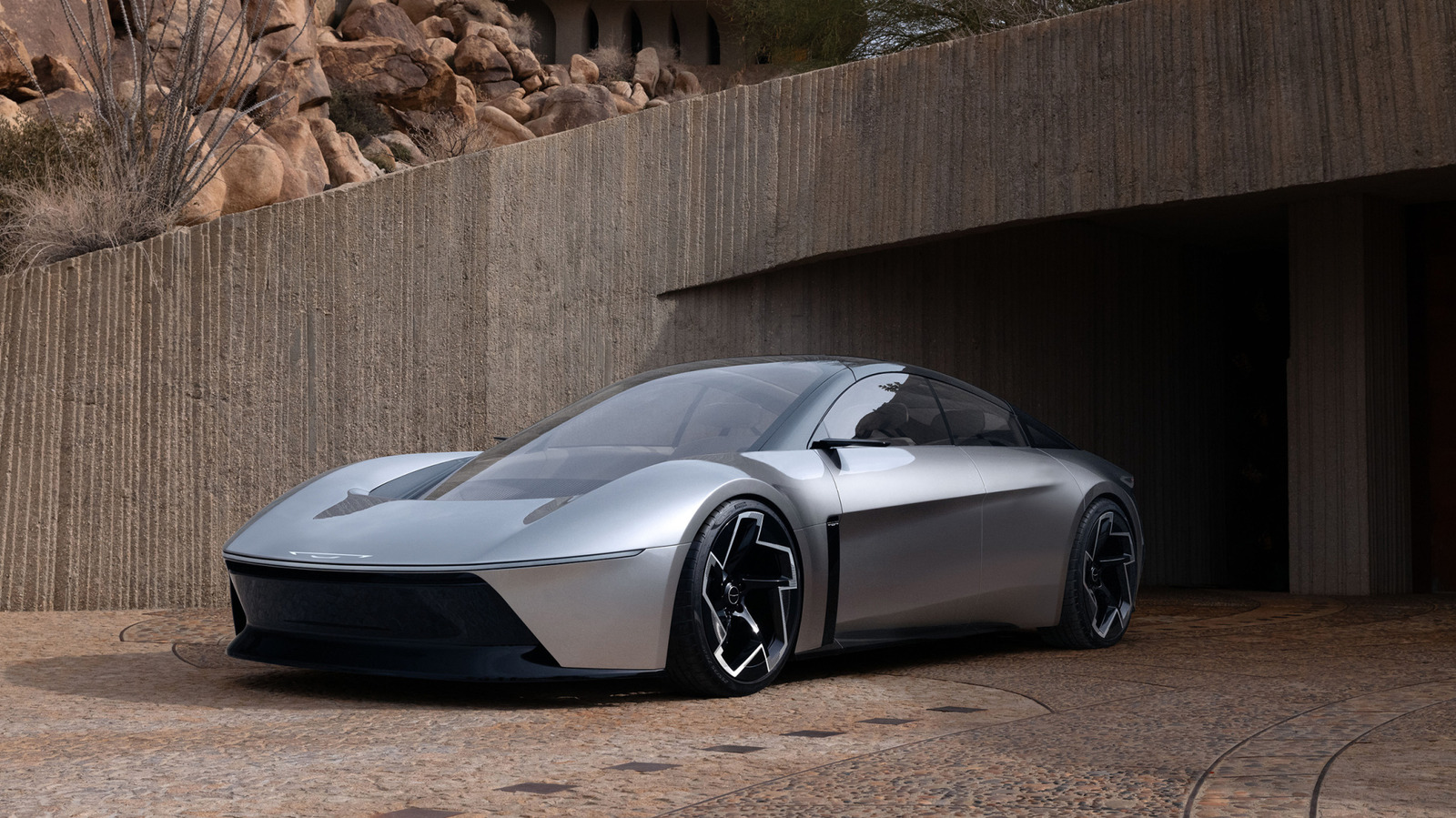
Hyundai Palisade Hybrid NHL Edition Debuts in Canada With Exclusive Style and Power
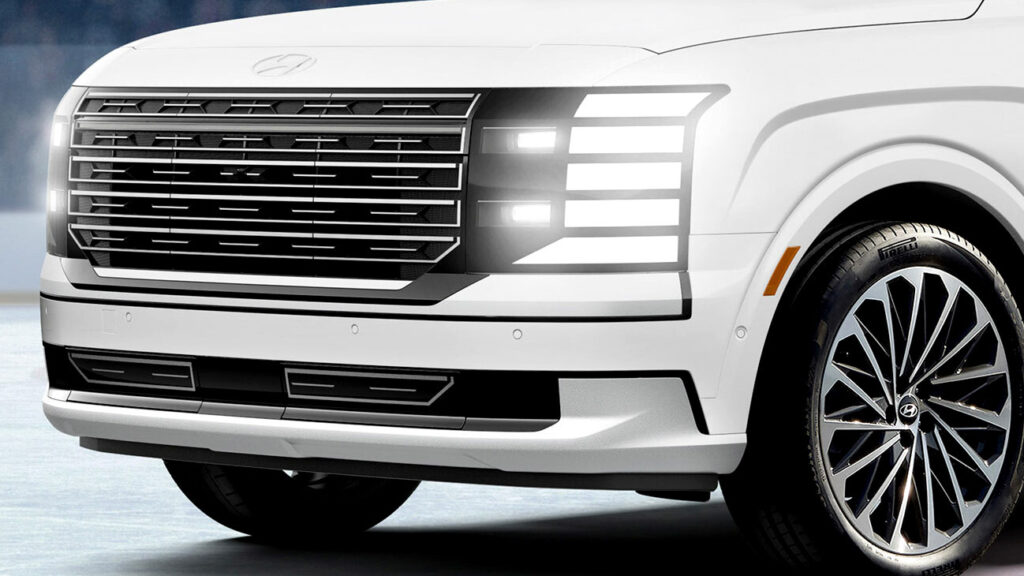
Lunar Terrain Vehicle Enables Real Time Remote Driving on the Moon
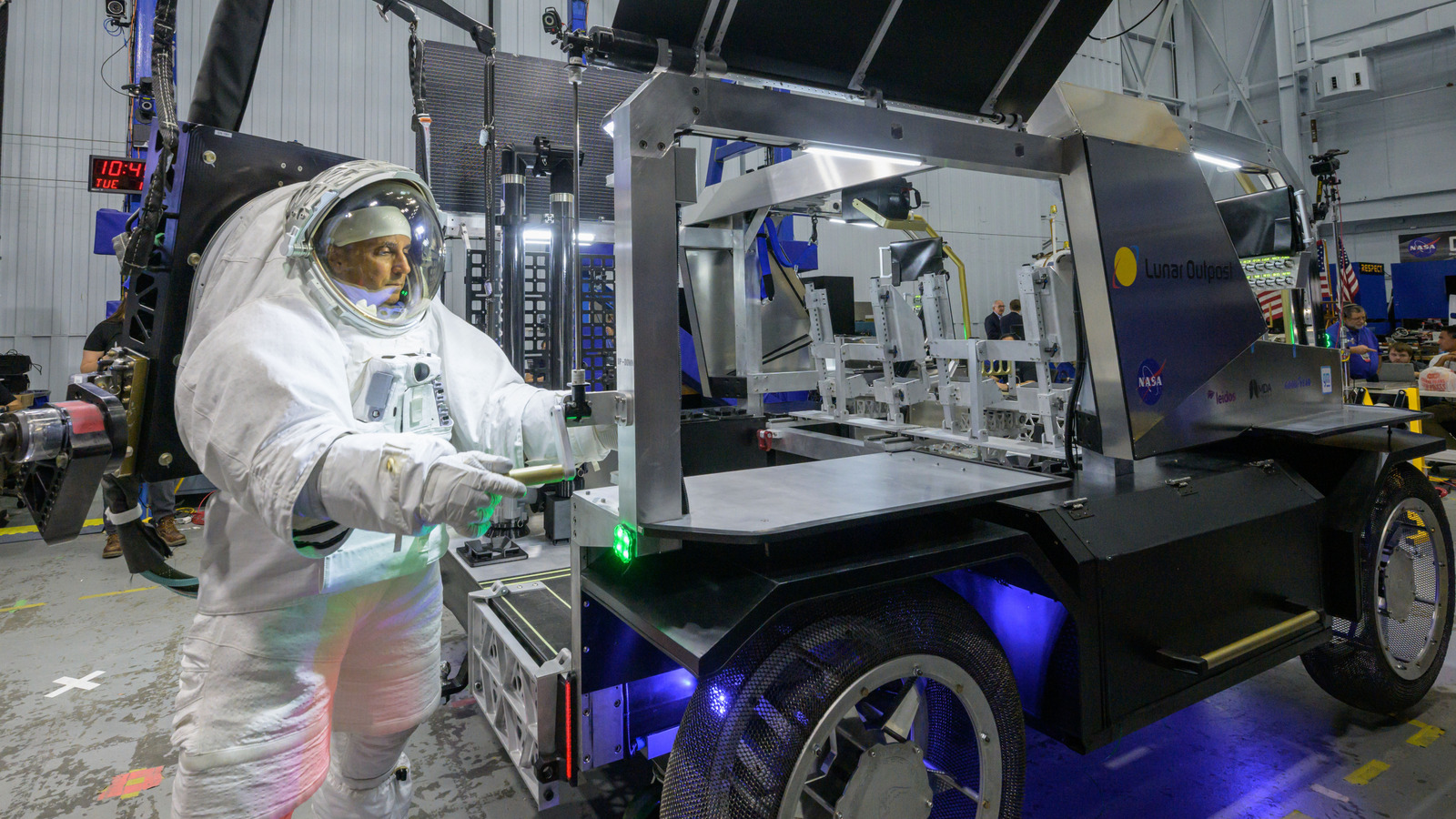
2026 North American Car Truck and Utility Awards Reveal Exciting Lineup of Contenders
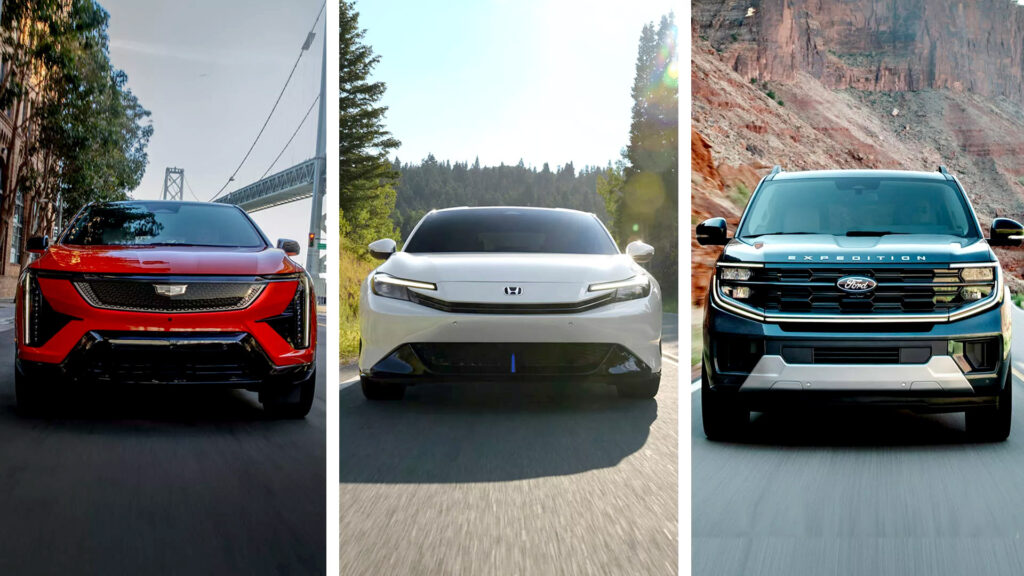
Airplane Crash Shocks Kentucky Homeowner but Everyone Safe

Range Rover Sport Gets Bold Raptor Bodykit With 24 Inch Wheels and Aggressive Styling
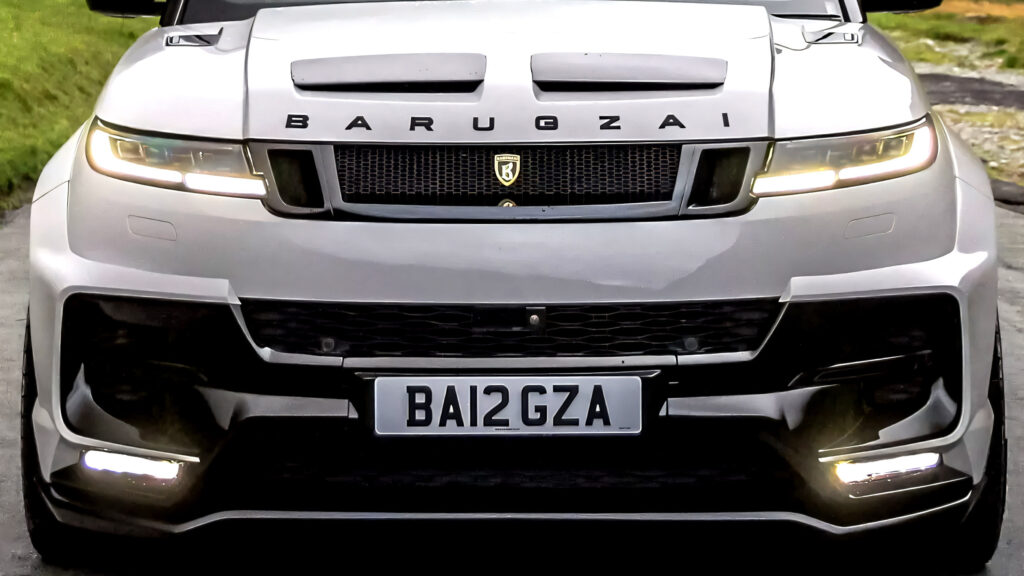
Volvo electric vehicles take on demolition jobs with powerful performance


